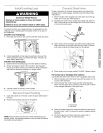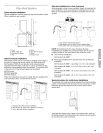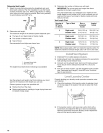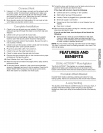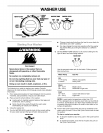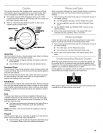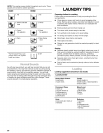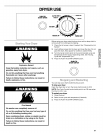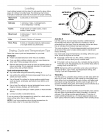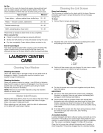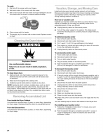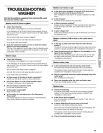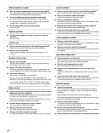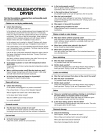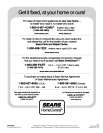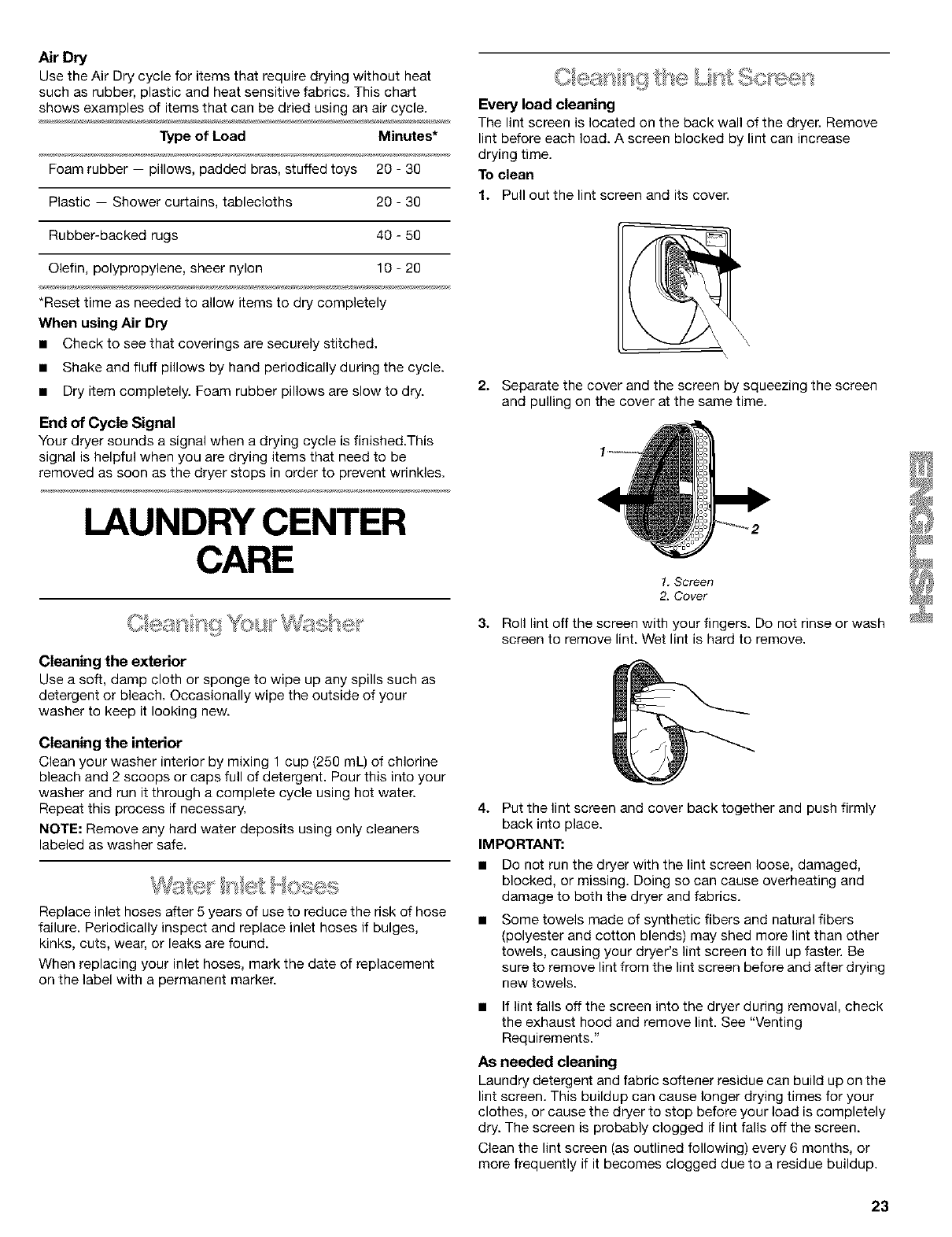
Air Dry
Use the Air Dry cycle for items that require drying without heat (_'__::_ #¢'_* _t.+IC_ _'/I" _4;;#?+_'#:t,#:;_4/'1
such as rubber, plastic and heat sensitive fabrics. This chart
shows examples of items that can be dried using an air cycle. Every load cleaning
The lint screen is located on the back wall of the dryer. Remove
Type of Load Minutes* lint before each load. A screen blocked by lint can increase
__ drying time.
Foam rubber -- pillows, padded bras, stuffed toys 20 - 30 To clean
Plastic -- Shower curtains, tablecloths 20 - 30
Rubber-backed rugs 40 - 50
1. Pull out the lint screen and its cover.
Olefin, polypropylene, sheer nylon 10 - 20
*Reset time as needed to allow items to dry completely
When using Air Dry
• Check to see that coverings are securely stitched.
• Shake and fluff pillows by hand periodically during the cycle.
• Dry item completely. Foam rubber pillows are slow to dry.
End of Cycle Signal
Your dryer sounds a signal when a drying cycle is finished.This
signal is helpful when you are drying items that need to be
removed as soon as the dryer stops in order to prevent wrinkles.
2. Separate the cover and the screen by squeezing the screen
and pulling on the cover at the same time.
LAUNDRY CENTER
CARE
1, Screen
2. Cover
Cleaning the exterior
Use a soft, damp cloth or sponge to wipe up any spills such as
detergent or bleach. Occasionally wipe the outside of your
washer to keep it looking new.
Cleaning the interior
Clean your washer interior by mixing 1 cup (250 mL) of chlorine
bleach and 2 scoops or caps full of detergent. Pour this into your
washer and run it through a complete cycle using hot water.
Repeat this process if necessary.
NOTE: Remove any hard water deposits using only cleaners
labeled as washer safe.
Replace inlet hoses after 5 years of use to reduce the risk of hose
failure. Periodically inspect and replace inlet hoses if bulges,
kinks, cuts, wear, or leaks are found.
When replacing your inlet hoses, mark the date of replacement
on the label with a permanent marker.
3. Roll lint off the screen with your fingers. Do not rinse or wash
screen to remove lint. Wet lint is hard to remove.
4. Put the lint screen and cover back together and push firmly
back into place.
IMPORTANT:
• Do not run the dryer with the lint screen loose, damaged,
blocked, or missing. Doing so can cause overheating and
damage to both the dryer and fabrics.
Some towels made of synthetic fibers and natural fibers
(polyester and cotton blends) may shed more lint than other
towels, causing your dryer's lint screen to fill up faster. Be
sure to remove lint from the lint screen before and after drying
new towels.
• If lint falls off the screen into the dryer during removal, check
the exhaust hood and remove lint. See "Venting
Requirements."
As needed cleaning
Laundry detergent and fabric softener residue can build up on the
lint screen. This buildup can cause longer drying times for your
clothes, or cause the dryer to stop before your load is completely
dry. The screen is probably clogged if lint falls off the screen.
Clean the lint screen (as outlined following) every 6 months, or
more frequently if it becomes clogged due to a residue buildup.
23



